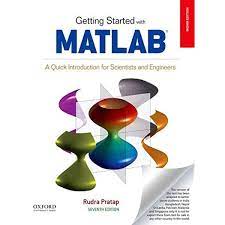Kronos Fusion Energy Algorithms (KFEA) is using Simulations & Deep Learning Algorithms with neural networks & advanced disruption controls to increase the efficiency of Fusion Energy Reactors. This makes Fusion Energy Generation price-competitive with carbon-burning power plants much earlier than had been anticipated. This effort is immense, pushing the limits of material science, fluid dynamics, and mechanical design.
“Using the International Thermonuclear Experimental Reactor (ITER’s) formula, we estimate that one of our Power Plants will have the same output as 60 square miles of Solar Panels or 2,500 giant wind power turbines and ultimately be cleaner as well as cheaper,” said Priyanca Ford, the founder at Kronos Fusion Energy Algorithms. “We are developing Algorithms & Simulations with advanced Virtual Reality as well as Blockchain Security Infrastructure to build Micro Fusion Energy with Q40 Mechanical Gain for a Clean & Limitless Energy Future.”
KFEA has consolidated the world’s top Fusion Energy research to eight major technical problems that can be simulated in order to build Micro Fusion Energy Generators with Q40 Mechanical Gain. This is a 40% efficiency rate while all the currently planned generators top out at a Q25 Mechanical Gain or 25% efficiency. These innovations, ongoing contracts & patents put KFEA’s current valuation at $530m with $1.2B in projected earnings over the next two years.
Set to be the world’s largest Fusion Energy reactor and the product of collaboration between 35 countries — including every state in the European Union, the UK, China, India and the U.S. — ITER contains the world’s most powerful magnet, making it capable of producing a magnetic field 280,000 times as strong as the one around the Earth, Live Science previously reported. The fusion reactor is expected to come online in 2025, and it will provide scientists with even more insights into the practicalities of harnessing star power on Earth.
The work at Kronos Fusion is in line with the latest research at Princeton Plasma Physics Laboratory and other National Laboratories Globally. (2021 Research Breakthroughs st PPPL) Our mission at Kronos Fusion is to improve the efficiency of Fusion Energy through large scale simulations of the eight major technical problem areas with the goal of creating commercially viable Fusion Energy Reactors by the mid-2030s with the U.S. Department of Energy.
Fusion Energy is the only clean energy alternative that will not require a large investment to build electrical transmission lines that will run from the source of the wind or solar energy to the end users, as Fusion Energy reactors can be placed into existing power plants to leverage their distribution line network. Kronos Fusion Energy Algorithms has studied the operating models of the most efficient electrical power plants in California, so our simulations focus on designing Fusion Energy reactors to be more economical than carbon-burning power plants.
Source : https://www.newswire.com/news/kronos-fusion-energy-algorithms-achieves-critical-technology-milestone-21602382







